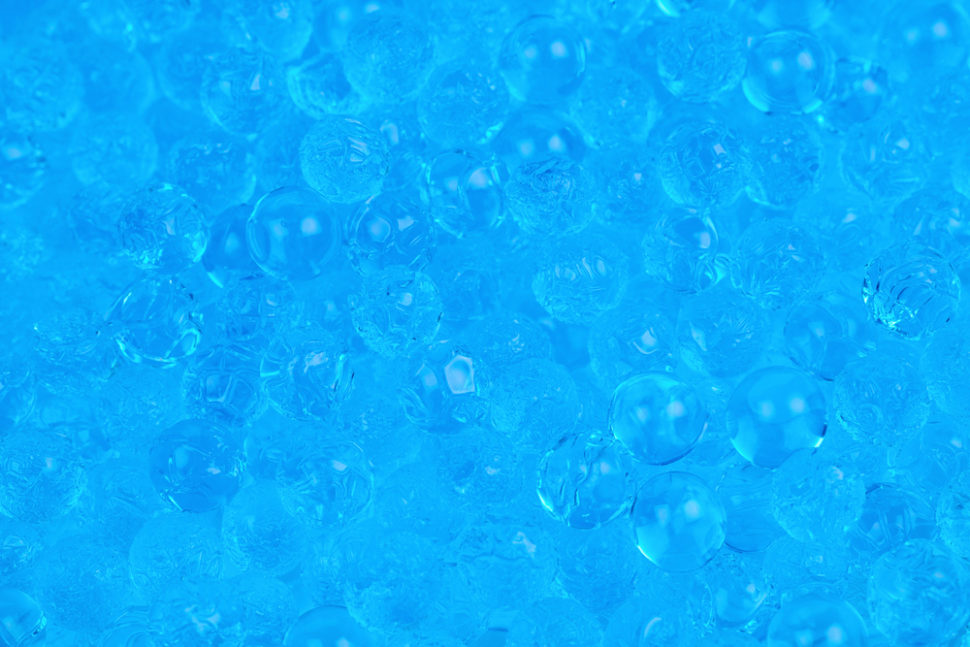Scientists just created a new hydrogel composite that is reportedly ten times more adhesive than modern hydrogels.
Two teams of researchers from the École Polytechnique Fédérale de Lausanne (EPFL) in Switzerland just developed a hydrogel composite that naturally adheres to soft tissues like cartilage and meniscus.
Made up of 90 percent water, the hydrogel can withstand extreme deformation and mechanical stresses. This eliminates the need for any binding process.
“Our hydrogel is ten times more adhesive than currently available bioadhesives on the market such as fibrin,” Dominique Pioletti, project lead and head of the Laboratory of Biomechanical Orthopedics in EPFL’s School of Engineering, said.
“Thanks to its high water content, our hydrogel is very similar in nature to the natural tissue it’s designed to heal.”
Read More: 3D Models of Human Brain Tissues Created Using Stem Cells
What is a Hydrogel?
A hydrogel is a form of biomaterial made explicitly for human use. By nature, it is a swollen polymeric material primarily made up of water with a distinct three-dimensional structure.
The earliest known recorded usage of hydrogel was in the early 1890s. However, the development of its properties for medical purposes only began in the mid-90s.
For years, continuous research on hydrogels has shown the numerous uses of hydrogels in scientific research.
Today, scientists commonly use hydrogels in therapeutics, microfluidic systems, nanoreactors, sensors, and interactive surfaces.
The EPFL Hydrogel Composite
According to the researchers, their hydrogel composite contains a double network matrix and a fiber network. This structure blocks the impact of mechanical stresses. It is this function that increases the new hydrogel composite’s adhesiveness.
“The double network structure distributes incoming mechanical energy throughout the hydrogel so that the material shows adhesion improvement when it is compressed or stretched,” Pioletti went on to say.
“In hydrogels that lack these damping mechanisms, the mechanical stresses are concentrated on the interface between the hydrogel and the tissue, and the hydrogel comes off quite easily.”
The hydrogel developed by the EPFL researchers can reportedly adhere to many kinds of tissues. The two teams are now planning to develop the hydrogel for specific applications.
You can find the EPFL researchers’ study in the journal ACS Applied Materials & Interfaces.















Comments (0)
Most Recent